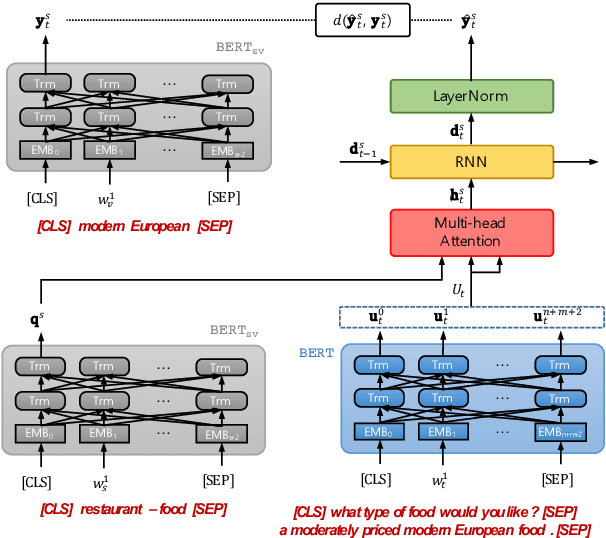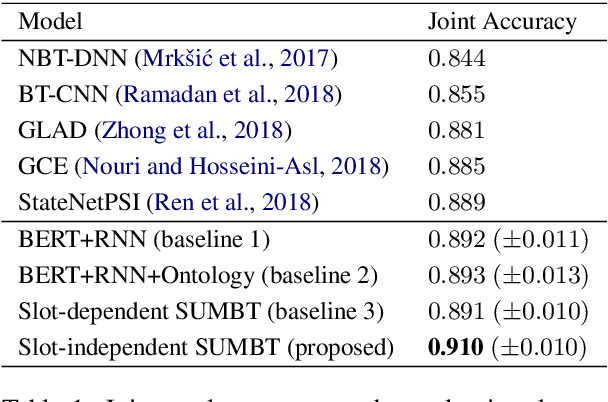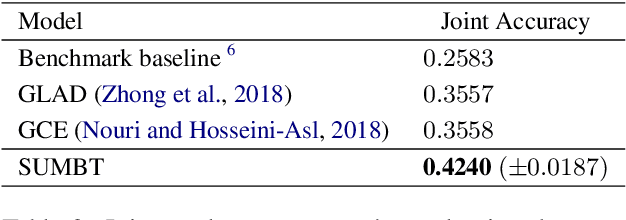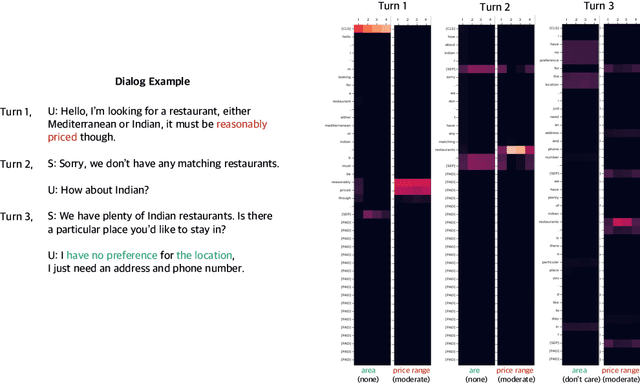Jinsik Lee
EXAONE 4.0: Unified Large Language Models Integrating Non-reasoning and Reasoning Modes
Jul 15, 2025Abstract:This technical report introduces EXAONE 4.0, which integrates a Non-reasoning mode and a Reasoning mode to achieve both the excellent usability of EXAONE 3.5 and the advanced reasoning abilities of EXAONE Deep. To pave the way for the agentic AI era, EXAONE 4.0 incorporates essential features such as agentic tool use, and its multilingual capabilities are extended to support Spanish in addition to English and Korean. The EXAONE 4.0 model series consists of two sizes: a mid-size 32B model optimized for high performance, and a small-size 1.2B model designed for on-device applications. The EXAONE 4.0 demonstrates superior performance compared to open-weight models in its class and remains competitive even against frontier-class models. The models are publicly available for research purposes and can be easily downloaded via https://huggingface.co/LGAI-EXAONE.
KoBALT: Korean Benchmark For Advanced Linguistic Tasks
May 22, 2025Abstract:We introduce KoBALT (Korean Benchmark for Advanced Linguistic Tasks), a comprehensive linguistically-motivated benchmark comprising 700 multiple-choice questions spanning 24 phenomena across five linguistic domains: syntax, semantics, pragmatics, phonetics/phonology, and morphology. KoBALT is designed to advance the evaluation of large language models (LLMs) in Korean, a morphologically rich language, by addressing the limitations of conventional benchmarks that often lack linguistic depth and typological grounding. It introduces a suite of expert-curated, linguistically motivated questions with minimal n-gram overlap with standard Korean corpora, substantially mitigating the risk of data contamination and allowing a more robust assessment of true language understanding. Our evaluation of 20 contemporary LLMs reveals significant performance disparities, with the highest-performing model achieving 61\% general accuracy but showing substantial variation across linguistic domains - from stronger performance in semantics (66\%) to considerable weaknesses in phonology (31\%) and morphology (36\%). Through human preference evaluation with 95 annotators, we demonstrate a strong correlation between KoBALT scores and human judgments, validating our benchmark's effectiveness as a discriminative measure of Korean language understanding. KoBALT addresses critical gaps in linguistic evaluation for typologically diverse languages and provides a robust framework for assessing genuine linguistic competence in Korean language models.
EXAONE Deep: Reasoning Enhanced Language Models
Mar 16, 2025Abstract:We present EXAONE Deep series, which exhibits superior capabilities in various reasoning tasks, including math and coding benchmarks. We train our models mainly on the reasoning-specialized dataset that incorporates long streams of thought processes. Evaluation results show that our smaller models, EXAONE Deep 2.4B and 7.8B, outperform other models of comparable size, while the largest model, EXAONE Deep 32B, demonstrates competitive performance against leading open-weight models. All EXAONE Deep models are openly available for research purposes and can be downloaded from https://huggingface.co/LGAI-EXAONE
EXAONE 3.5: Series of Large Language Models for Real-world Use Cases
Dec 09, 2024



Abstract:This technical report introduces the EXAONE 3.5 instruction-tuned language models, developed and released by LG AI Research. The EXAONE 3.5 language models are offered in three configurations: 32B, 7.8B, and 2.4B. These models feature several standout capabilities: 1) exceptional instruction following capabilities in real-world scenarios, achieving the highest scores across seven benchmarks, 2) outstanding long-context comprehension, attaining the top performance in four benchmarks, and 3) competitive results compared to state-of-the-art open models of similar sizes across nine general benchmarks. The EXAONE 3.5 language models are open to anyone for research purposes and can be downloaded from https://huggingface.co/LGAI-EXAONE. For commercial use, please reach out to the official contact point of LG AI Research: contact_us@lgresearch.ai.
EXAONE 3.0 7.8B Instruction Tuned Language Model
Aug 07, 2024



Abstract:We introduce EXAONE 3.0 instruction-tuned language model, the first open model in the family of Large Language Models (LLMs) developed by LG AI Research. Among different model sizes, we publicly release the 7.8B instruction-tuned model to promote open research and innovations. Through extensive evaluations across a wide range of public and in-house benchmarks, EXAONE 3.0 demonstrates highly competitive real-world performance with instruction-following capability against other state-of-the-art open models of similar size. Our comparative analysis shows that EXAONE 3.0 excels particularly in Korean, while achieving compelling performance across general tasks and complex reasoning. With its strong real-world effectiveness and bilingual proficiency, we hope that EXAONE keeps contributing to advancements in Expert AI. Our EXAONE 3.0 instruction-tuned model is available at https://huggingface.co/LGAI-EXAONE/EXAONE-3.0-7.8B-Instruct
Boosting Cross-lingual Transferability in Multilingual Models via In-Context Learning
May 24, 2023Abstract:Existing cross-lingual transfer (CLT) prompting methods are only concerned with monolingual demonstration examples in the source language. In this paper, we propose In-CLT, a novel cross-lingual transfer prompting method that leverages both source and target languages to construct the demonstration examples. We conduct comprehensive evaluations on multilingual benchmarks, focusing on question answering tasks. Experiment results show that In-CLT prompt not only improves multilingual models' cross-lingual transferability, but also demonstrates remarkable unseen language generalization ability. In-CLT prompting, in particular, improves model performance by 10 to 20\% points on average when compared to prior cross-lingual transfer approaches. We also observe the surprising performance gain on the other multilingual benchmarks, especially in reasoning tasks. Furthermore, we investigate the relationship between lexical similarity and pre-training corpora in terms of the cross-lingual transfer gap.
SUMBT: Slot-Utterance Matching for Universal and Scalable Belief Tracking
Jul 17, 2019



Abstract:In goal-oriented dialog systems, belief trackers estimate the probability distribution of slot-values at every dialog turn. Previous neural approaches have modeled domain- and slot-dependent belief trackers, and have difficulty in adding new slot-values, resulting in lack of flexibility of domain ontology configurations. In this paper, we propose a new approach to universal and scalable belief tracker, called slot-utterance matching belief tracker (SUMBT). The model learns the relations between domain-slot-types and slot-values appearing in utterances through attention mechanisms based on contextual semantic vectors. Furthermore, the model predicts slot-value labels in a non-parametric way. From our experiments on two dialog corpora, WOZ 2.0 and MultiWOZ, the proposed model showed performance improvement in comparison with slot-dependent methods and achieved the state-of-the-art joint accuracy.
 Add to Chrome
Add to Chrome Add to Firefox
Add to Firefox Add to Edge
Add to Edge